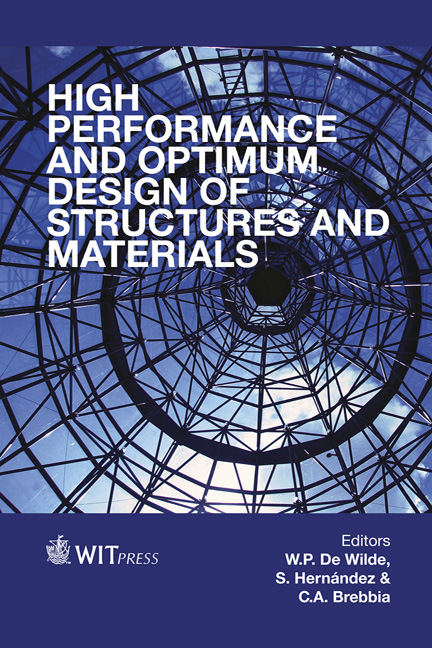Modeling The Thermal Performance Of Passive Roofing Systems In A Tropical Climate
Price
Free (open access)
Transaction
Volume
137
Pages
10
Page Range
443 - 452
Published
2014
Size
1,068 kb
Paper DOI
10.2495/HPSM140411
Copyright
WIT Press
Author(s)
S. Tong & H. Li
Abstract
In order to curb the space cooling load in buildings in summer, various passive technologies have been applied on the roofs, including cool paint, roof ventilation, and mass/reflective insulation. It is highly desirable to evaluate the potential benefits of applying these passive technologies on the roofs. In this work, the Complex Fast Fourier Transform (CFFT) method is introduced to predict the ceiling temperature and heat gain of multilayer roofs. A parameter study based on the CFFT model is conducted to investigate the impacts of rooftop surface reflectivity and insulation thickness on the thermal performance of roofs. It is concluded that, compared with the least reflective roofs of solar reflectivity 0.1, increasing the solar reflectivity of roof by 0.1 cuts down the daily heat gain by 4%, 5% and 7% respectively, when the indoor temperatures are set to 25°C, 22°C to 19°C. In addition, increasing the thickness of basic 15- cm unventilated roof by 5 cm contributes to reduce the daily heat gain by 6% on average. The heat gain reductions obtained by applying various passive technologies on roofs subjected to typical Singapore climate are evaluated, including cool paint, roof ventilation, expanded polystyrene (EPS) foam and radiant barrier (RB). The individual uses of the passive roofing technologies contribute to reduce the daily roof heat gain by 36~84%. Keyword: passive roofing system, transient roof temperature, tropical climate, Complex Fast Fourier Transform (CFFT) method.
Keywords
Keyword: passive roofing system, transient roof temperature, tropical climate, Complex Fast Fourier Transform (CFFT) method.





